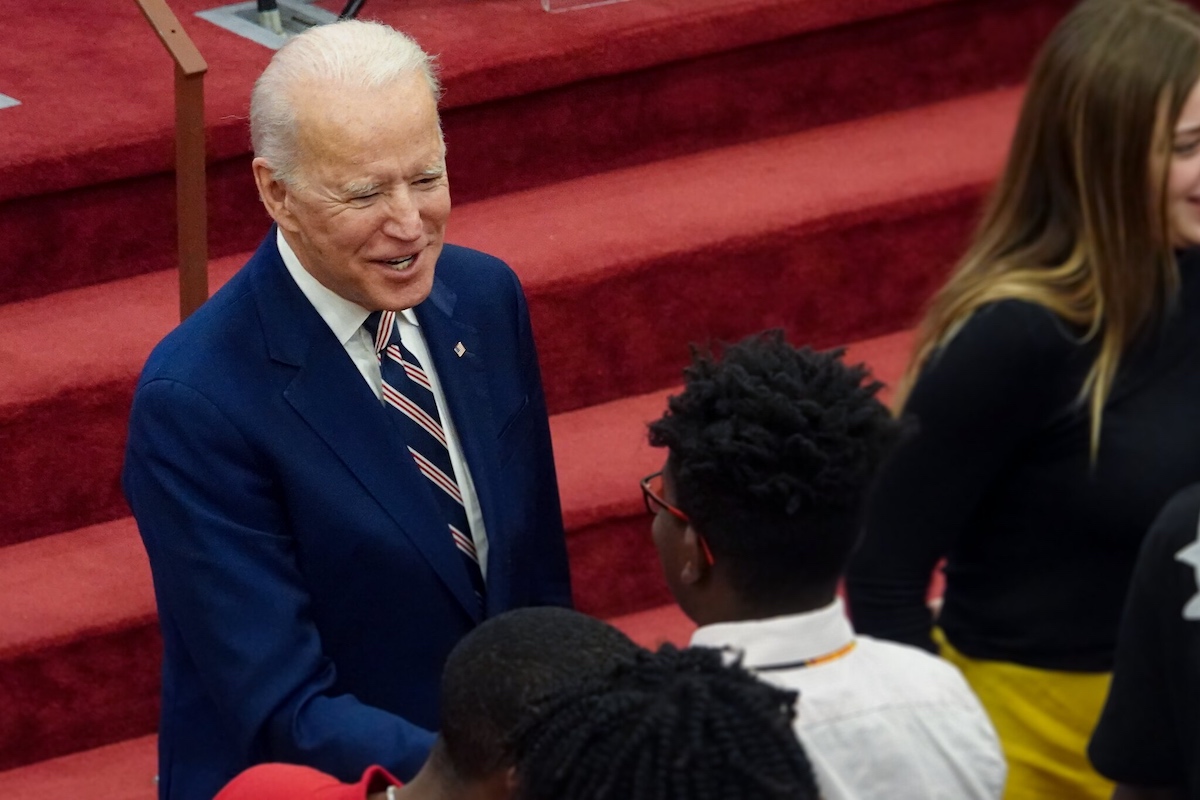The U.S. Senate spent Thursday night working toward passing President Joe Biden’s proposed $1.9 trillion COVID-19 relief package. Members finally passed a budget resolution early Friday morning with a 51-50 party-line vote, with VP Kamala Harris breaking the tie.
Some of the key parts of the Democrats’ proposal include:
- $1,400 payments to most Americans
- $400-per-week federal jobless benefit that would last through September
- $350 billion for state, local and tribal relief
- $170 billion for K-12 schools and higher ed institutions
- $20 billion for a national vaccination program
CNN reported that one of the most significant approved amendments comes from a bipartisan consensus that the next round of stimulus checks — those $1,400 direct payments — shouldn’t go to “upper-income taxpayers.” But as resolutions continued Thursday night, it wasn’t clear which income threshold would be considered “upper income.” Democrats proposed a limit of $75,000, while Republicans backed a $50,000 limit.
The budget resolution was passed after both parties offered amendments. Most Republican amendments were shot down in their new minority position in the Senate throughout the long night.
As legislative discussion continues through Friday, these proposals are rapidly changing.
@washingtonpost After a grueling all-night session, the Senate voted 51-50 in favor of President Biden’s $1.9 trillion coronavirus relief package.
What would Biden’s originally proposed plan mean for Americans, on an individual and macro level?
Earlier this week, the Penn Wharton Budget Model (PWBM), a nonpartisan, research-based initiative that conducts economic analysis of public policy’s fiscal impact, released an analysis of the proposed plan.
It makes clear that in this plan, the direct relief is more targeted at lower-income households. Three of Biden’s major proposals — direct payments to people earning under $75,000, a child tax credit expansion which would credit families $3,000 per child, and an earned income tax credit for childless adults — are proposed to provide relief.
In this proposal, 99% of households in the bottom 80% of incomes would receive direct aid, and the average benefit for households in the bottom 40% of incomes would be over $3,000, the report found.
The PWBM also released a report on the macroeconomic effects we’d see if this relief plan is passed. First, the report estimates we’d see an increase in gross domestic product — which tracks the size of the country’s economy — by 0.6% in 2021, and over time, the additional public debt resulting from the $1.9 trillion in spending would decrease the GDP by 0.2% in 2022. By 2040, it’s estimated to have decreased the GDP by 0.3%, the report found.
But the pandemic itself has had the clearest economic effect on GDP: Real GDP decreased by 2.5% from 2019 Q4 to 2020 Q4, per the report. It began to recover in Q3 of 2020, but growth tapered at the end of the year.
The report also found that unemployment has improved from mid-2020, but it’s still affecting lower-wage and young workers in sectors like retail, leisure and hospitality at disproportionate rates. The U.S. economy has 9.9 million fewer jobs than it did before the pandemic.
After the all-night session, the Senate passed the budget resolution around 5:30 a.m. Friday. This will allow Democrats to use a process known as budget reconciliation to pass the relief bill possibly later this month or in March, after the impeachment trial of former President Donald Trump is complete, per CNN. The budget measure must then go back to the U.S. House of Representatives for a final vote, likely on Friday.
Before you go...
Please consider supporting Technical.ly to keep our independent journalism strong. Unlike most business-focused media outlets, we don’t have a paywall. Instead, we count on your personal and organizational support.
Join our growing Slack community
Join 5,000 tech professionals and entrepreneurs in our community Slack today!

Look inside: Franklin Institute’s Giant Heart reopens with new immersive exhibits
How Berkadia's innovation conference demonstrates its commitment to people and technology

Robot dogs, startup lawsuits and bouncing back from snubs: Philly tech’s biggest stories of the year


